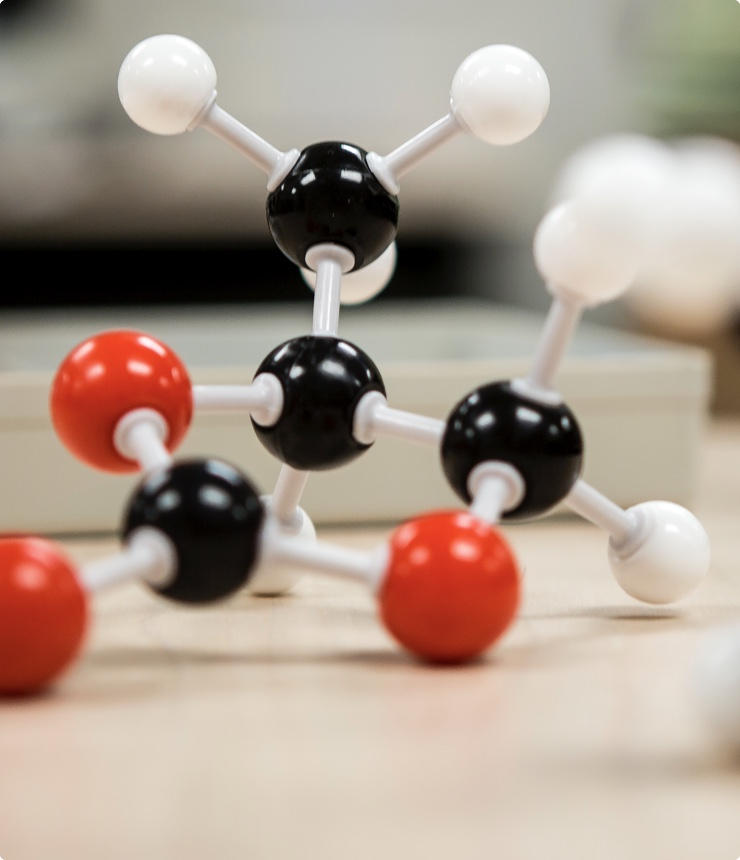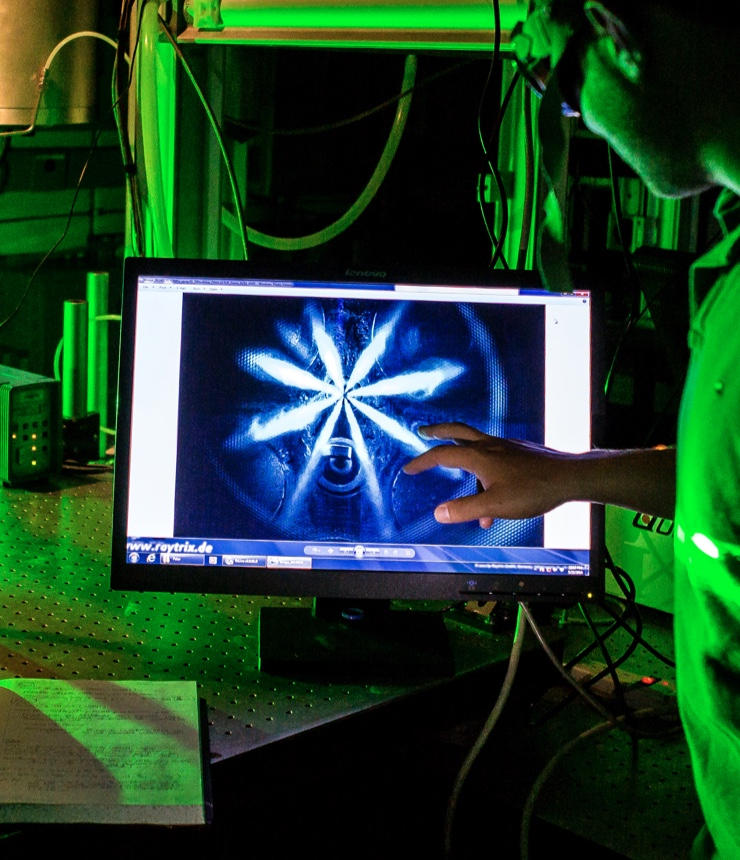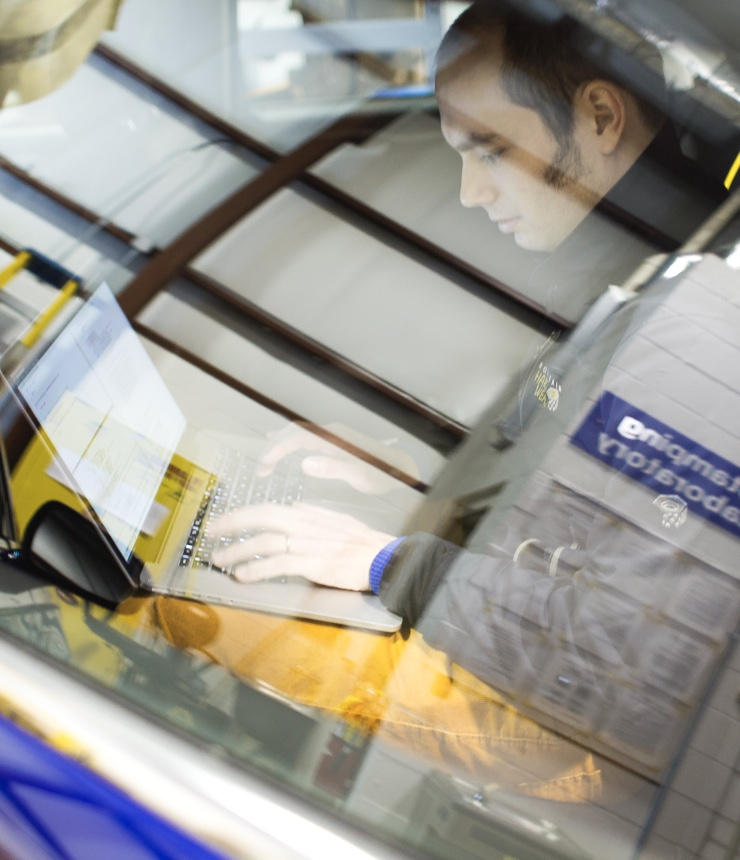Topics

Vehicle Controls & Behaviors
Thrust Area 1: Vehicle Dynamics, Control, and Autonomous Behavior, focuses on individual vehicles, addressing the technology gaps that span vehicle-level sensing, perception, and acting. Vehicles are envisioned as autonomous assets with self-contained hardware and software units. They have adaptive, transferable vehicle-level behaviors and controls, gaining experience from working with humans and other assets. Assets make real-time vehicle-level decisions in complex, uncertain, dynamic, and adversarial environments, while informed of, or perceiving, environmental conditions in real time.

Human-Autonomy Interaction
Thrust Area 2: Human Centered Design and Human Autonomy Teaming, focuses on research into the interaction of humans and vehicles, which includes human-centered design. Humans are envisioned to team with vehicles to accomplish complex missions. Thus, vehicles act as autonomous assets that adapt their behavior to match the preferences of humans and the mission objectives. Assets operationally accept high-level commands, and quickly decide how to execute them. To enable these capabilities, models of human cognition and other attributes, capabilities and behaviors are needed together with sensors for human-autonomy interactions.

Advanced Structures & Materials
Thrust Area 3: Advanced Structures and Materials, focuses on research into the physical embodiment of autonomous assets, including new structural designs, multifunctional materials and sensors. Sensor information is augmented by perception algorithms which focus on the real-time structural and material characteristics and enable intelligent structural perception. With the potential of a vehicle unconstrained by human occupants, fully novel designs can incorporate many characteristics of diversity, adaptability and resilience in capabilities, as well as cost effective with commonality and modularity.

Intelligent Power Systems
Thrust Area 4: Intelligent Power Systems, focuses on research into new power system architectures that have connectivity, perception and ultimately intelligence to enable real-time adaptability, performance optimization and self-awareness of autonomous vehicles. Such power systems have algorithms that make vehicle-level decision in real-time and are cognizant of vehicle power capabilities and failures, learning over time and altering their behaviors accordingly. Intelligent power systems anticipate vehicle-level power requirements, learn from their experience and that of other vehicles, and self-adapt to provide optimal performance.

Systems of Systems & Integration
Thrust Area 5: Fleet Operations and Vehicle System of Systems Integration, focuses on research into fleet-level dynamics, system-of-systems design and decision-making. Fleets are multi-agent autonomous systems working together and developing distinct behaviors over time. These systems autonomously create hierarchies of tasks and form highly dynamic team structures in real time. Vehicles interact with a tactical network which uses AI/ML and big-data methods to monitor and assess the AI-driven self-assignment of functions and roles to the various assets. Cooperativity allows collective sensing and perception within each team, while vehicles are a diverse mix of large and small sizes, varied numbers and mobility.

